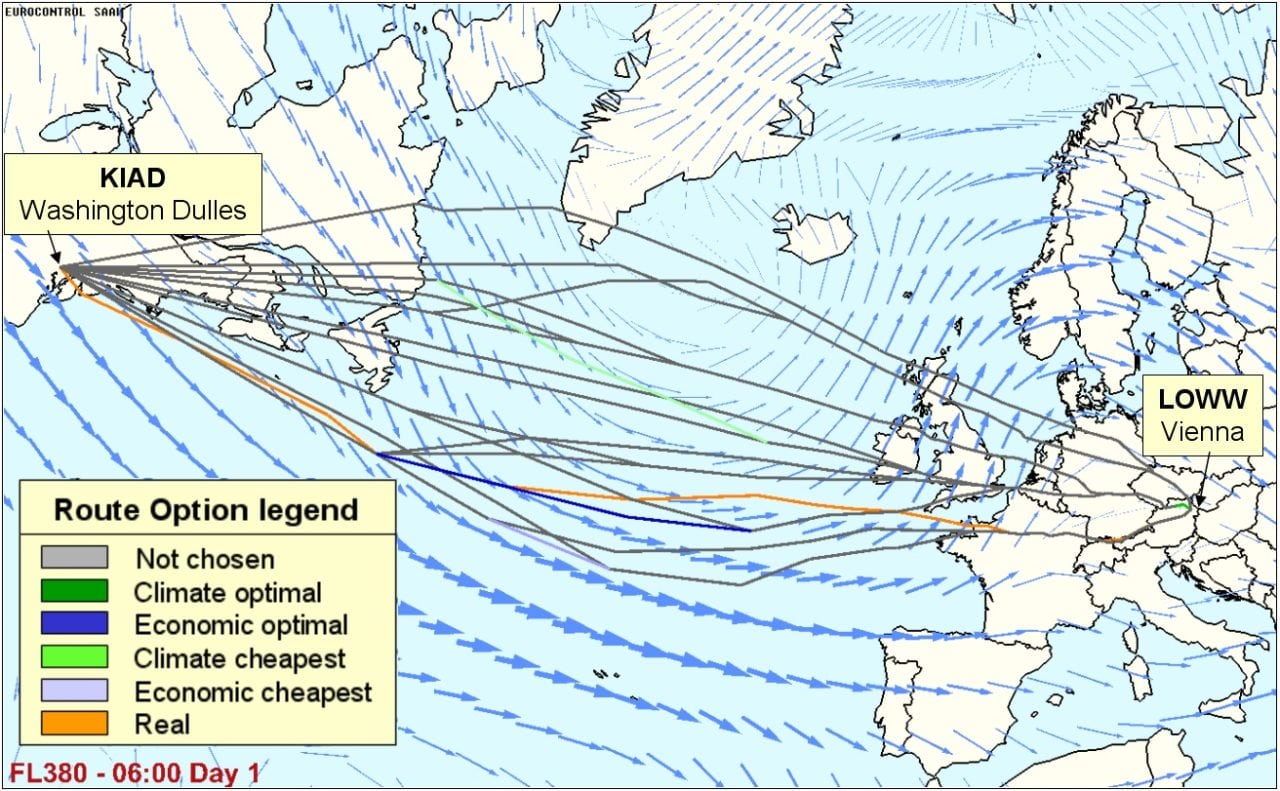 |
| REACT4C modeling chain set to reduce emissions. Photo: Eurocontrol |
[Avionics Today 10-01-2014] Dr. Volker Grewe, the leader of a study on a concept to reduce emissions through optimized flight routes as part of the European Union’s Reducing Emissions from Aviation by Changing Trajectories for the benefit of Climate (EU REACT4C) project, has been awarded the Stuttgart Airport Company Aviation Award for environmentally friendly air travel.
The REACT4C Project is an application-based scientific research project in the field of aviation technology, focusing on emissions reduction and funded by the European Commission.
Scientists at the Institute of Atmospheric Physics working on this project have been examining ways of devising low-emission flight routes for transatlantic air travel. Using large-capacity computers, they have created a complex model that brings together various determining factors such as flight routes, weather, atmospheric ozone chemistry, contrails, climate, flight costs and other parameters.
According to a statement released by Eurocontrol, the novelty in REACT4C is a modeling chain for optimization of aircraft trajectories with respect to their climate impact, which taking into account the weather-dependent climate impact of aviation emissions (CO2 and non-CO2, such as NOx, H2O and contrail cirrus) released during individual flights. REACT4C has performed a weather classification for the North-Atlantic Track (NAT) region, computed 4-dimensional climate cost functions for various species and combined them with the traditional operational cost functions airlines use to optimize their routing. Most efficient reduction of climate impacts is calculated for given changes in operating costs. This methodology claims to reduce the air traffic’s climate impact more effectively than simply flying higher or lower.
Eurocontol also played a significant role in developing the software to process and simulate NATs trajectories, using data such as wind, climate cost function and modern Airbus aircraft, amongst others.